An important and exceptionally rare Ruzhou celadon rectangular dish, Northern Song, 11th-12th century
Lot 3119. An important and exceptionally rare Ruzhou celadon rectangular dish, Northern Song, 11th-12th century. Estimate HK$8,000,000 – HK$12,000,000 ($1,034,696 - $1,552,044). Photo Christie's Image Ltd 2016.
The rectangular dish is finely moulded with shallow rounded sides rising from a flat base to a wide everted rim with canted corners. The rim, the interior and the base are accentuated by raised borders. It is covered overall with a lustrous crackle-suffused glaze of bluish-green tone with the exception of the four 'seasame-seed' spur marks on the base. 8 1/8 in. (20.6 cm.) long, box.
Provenance: The Shuzhengzhai Collection, acquired in Japan in the late 1990s
The Zhanggongxiang ‘douqing’ celadon dish
Lu Chenglong
Measuring 20.6 cm. long and 14 cm. wide, the dish is moulded with shallow rounded sides rising to an everted rim with canted corners and a beaded edge, covered overall with a douqing, ‘peagreen’ glaze with the exception of the four tiny oval spur marks on the base. The exquisite potting, well-structured form, and the crackle-suffused ‘pea-green’ glaze all merge to impart a sense of serenity and elegance. Based on the examination of the form, body material, and glaze, the current dish appears to be have been made by the Zhanggongxiang kilns in Ruzhou city, Henan province, between the late Northern Song and Jin periods.
In 2000, archaeologists discovered a kiln site at the intersection of Zhongdajie and Zhanggongxiang in the southeastern part of Ruzhou city in Henan province, which was subsequently named the Zhanggongixang kilns.1 Preliminary exploration reveals the area of the central kiln site to be approximately 3,600 m2 in size, buried almost entirely underneath modern residential districts and thoroughfares. Between 2000 and 2004, the Henan Provincial Archaeological Institute conducted surveys and excavations on selected areas of the kiln site totalling 189 m2 in size, uncovering furnaces, workshops (fig. 1), tools (fig. 2) and close to 10,000 shards. On 20-22 May 2004, the Chinese Ceramics Society and the Henan Provincial Cultural Relics Bureau co-held a symposium titled New Discoveries from Zhanggongixiang kilns in Ruzhou, and Huangye kilns in Gongyi, propelling Zhanggongxiang kilns into the limelight which hitherto has garnered ever-increasing attention.
fig. 1
fig. 2
The city of Ruzhou was renowned for celadon production during the Northern Song period. Kiln sites located in Ruzhou that had been scientifically excavated include the Zhanggongxiang kilns, the Donggou kilns, and the Qingliangsi kilns in Baofeng County. The central zone of the Qingliangsi kilns is where the handeddown Ru wares were produced. Most scholars agree that these were made during the Huizong reign (1100-1125) of Northern Song dynasty, though opinion differs on the time of production of the Zhanggongxiang kilns. The two kiln sites are a mere 20 km apart, and the wares produced are closely related to each other while bearing notable differences. In terms of the forms, some are shared by both kilns while a few are only unique to one. As for the colour of the glaze, Ru wares are dominated by a pale sky-blue glaze (fig. 3), while the Zhanggongxiang celadon are primarily characterised by a pea-green colour (fig. 4).
fig. 3
fig. 4
A group of scholars have observed a strong influence of Ru wares on the Zhanggongxiang vessels, particularly in terms of forms and firing technique. As similar influence of Ru wares is also evident on vessels from the Laohudong kilns, Hangzhou, which have been regarded by some scholars as the Official Xiuneisi Kilns of the Southern Song court, a number of them have thus propounded the possibility of Zhanggongixang kilns being the Official Kilns of the Northern Song court. Another group of scholars hold a different view, and have suggested the time of production of the Zhanggongxiang kilns to be either between Jin and Yuan, or between the late Northern Song and early Yuan periods, and that the kilns were producing wares for the local government.
The types of vessels uncovered from Zhanggongxiang include bowls, dishes, saucers, basins, washers, ewers, vases, censers, cup stands, stackboxes, pillows and covers. Types that are commonly found amongst Ru wares such as alms bowls, boxes, and tripod censers with moulded bow-string patterns, have not been discovered amongst Zhanggongxiang wares, possibly as a result of the limited size of the excavation.
Scientific analyses have shown a clear difference in the body material and glaze composition between the Zhanggongxiang wares and Qingliangsi Ru wares, most notably being the high concentration of alumina, and the low concentration of iron and titanium in the body of the former, which may have been a contributing factor to its thinner potting and lighter body colour. The concentration of silica in the glaze is higher in Zhanggongxiang wares, while the concentrations of iron, magnesium and calcium are all lower in Zhanggongxiang wares.
A broken biscuit rectangular dish with canted corners (fig. 5) was discovered from the Ru kiln sites in Qingliangsi, Baofeng County, Henan Province in 2012, which measures 23.6 cm. long and 2.5 cm. high, and is now in the collection of the Henan Provincial Institute of Archaeology. A fragment of a similar biscuit Ru dish is in the collection of Lin Jun (fig. 6). According to Zhao Hong, researcher at the Henan Provincial Institute of Archaeology, no finished example of this type has been discovered at the Ru kiln sites, and even biscuit ones are limited in number.2 If one takes contraction during firing into account, using 10% as the rate in the calculation, the Qingliangsi biscuit Ru dish would have been 20.7 cm. long and 13.5 wide after firing, which is almost the same size as the current dish. As Ru kilns produced official wares and were pre-eminent at the time, it is highly probable that the current dish was made in imitation of its Ru counterparts.
fig. 5
fig. 6
The function of this type of rectangular dishes remains uncertain, though it is possible that they could have been used as trays for wine cups, possibly holding two of them at the same time. This form was perpetuated throughout the later dynasties, and can be found on lacquer wares and porcelain of the Ming and Qing periods (figs. 7, 8).
fig. 7
fig. 8
The current dish is the only known example of this form from the Zhanggongxiang kilns. It has been well preserved and the colour of the glaze is finely controlled. As it is remarkably similar in form and size to the biscuit Ru dish, it serves as an important witness to the inter-relatedness of these two renowned kiln sites.
1 Guo Musen, ‘Ruyaoshi Zhanggongxiangyao ciqi chubu yanjiu’, Sun Xinmin et al. (ed.), Beisong Guanyao yu Ruyao Zhanggongxiang zhenshang, Changcheng Publishing House, 2009
2 See Palace Museum, Lu Chenglong (ed.), Selection of Ru Ware of the Palace Museum’s Collection and Archaeological Excavation, The Forbidden City Publishing House, 2015
Literature: Henan Institute of Cultural Relics and Archaeology, Ceramics Art Unearthed from the Ru Kiln Site and Zhanggongxiang Kiln Site, Beijing, 2009, pp. 150 and 200
Notes: A celadon bowl in the British Museum (fig. 1), known as the ‘Alexander bowl’ after William Cleverly Alexander (1840-1916), a great patron of the arts and a significant Chinese art collector at the turn of the 20th century, has been suggested to be from the Zhanggongxiang kilns.
fig. 1 The ‘Alexander bowl’, Northern Song dynasty, 1100-1150. Ruzhou celadon glazed bowl with lobed sides. 1920,1211.1. ©The Trustees of the British Museum
Christie's. CLASSICAL CHINESE ART FROM THE SUI TO THE SONG DYNASTIES, 1 June 2016, Convention Hall

/https%3A%2F%2Fprofilepics.canalblog.com%2Fprofilepics%2F1%2F0%2F100183.jpg)
/https%3A%2F%2Fstorage.canalblog.com%2F03%2F02%2F119589%2F96711876_o.jpg)
/https%3A%2F%2Fstorage.canalblog.com%2F11%2F31%2F119589%2F94773502_o.jpg)
/https%3A%2F%2Fstorage.canalblog.com%2F20%2F83%2F119589%2F94772815_o.jpg)
/https%3A%2F%2Fstorage.canalblog.com%2F26%2F72%2F119589%2F75604929_o.jpg)
/https%3A%2F%2Fstorage.canalblog.com%2F59%2F60%2F119589%2F26458628_o.jpg)


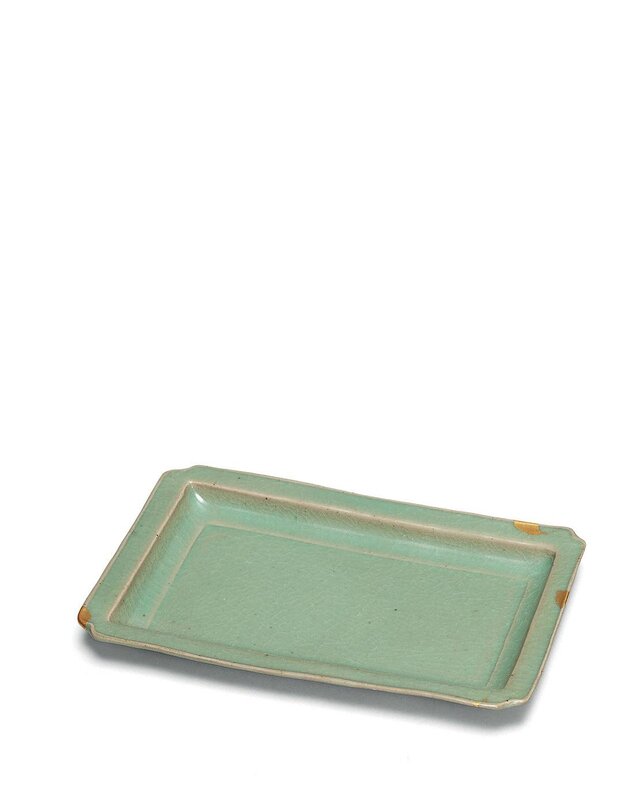
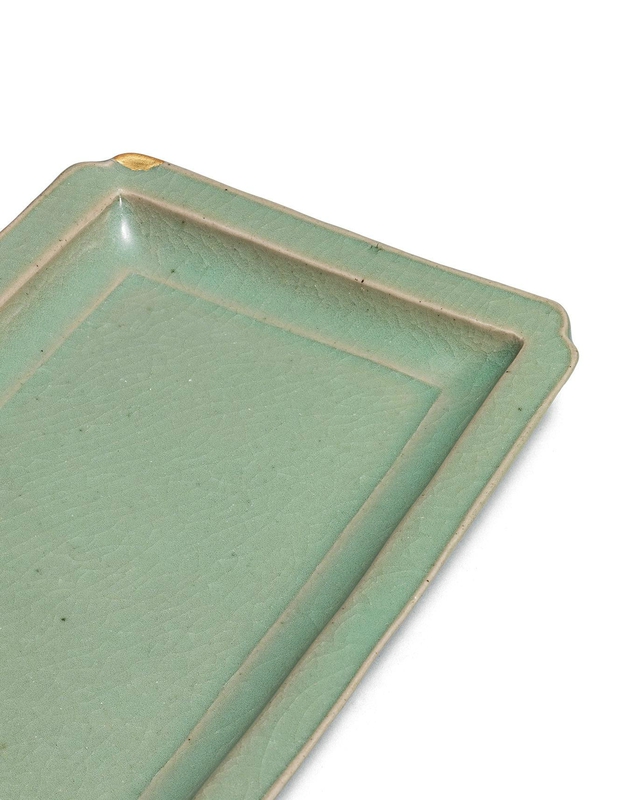





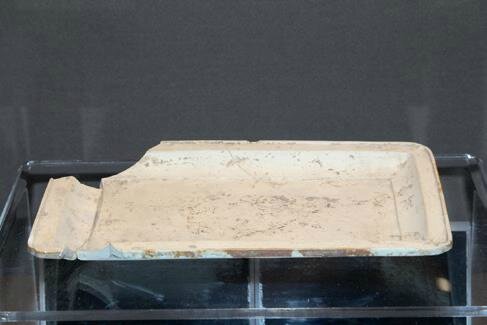


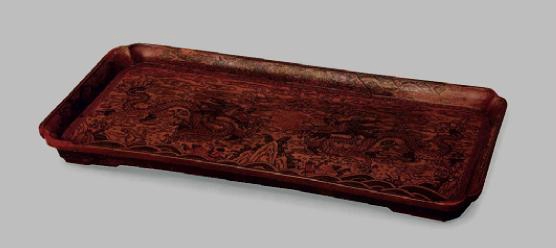
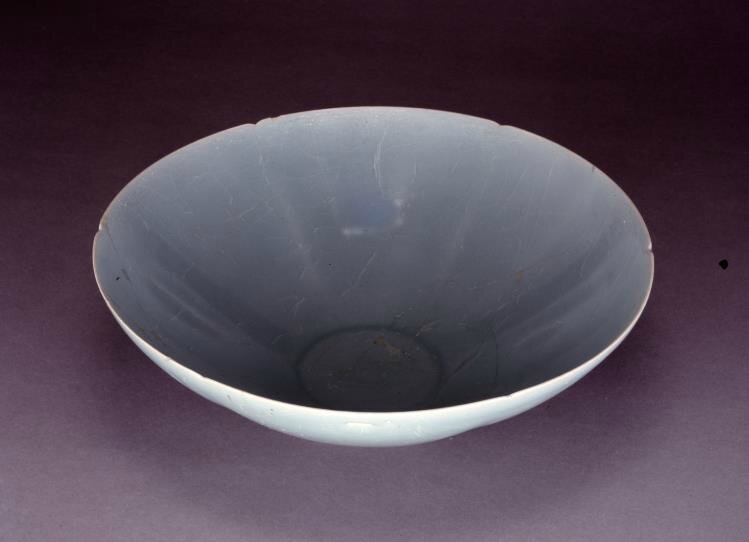



/http%3A%2F%2Fstorage.canalblog.com%2F55%2F63%2F119589%2F34111727_o.jpg)
/http%3A%2F%2Fstorage.canalblog.com%2F04%2F46%2F119589%2F30691541_o.jpg)
/http%3A%2F%2Fstorage.canalblog.com%2F14%2F51%2F119589%2F30067689_o.jpg)
/http%3A%2F%2Fstorage.canalblog.com%2F96%2F46%2F119589%2F129832814_o.jpg)